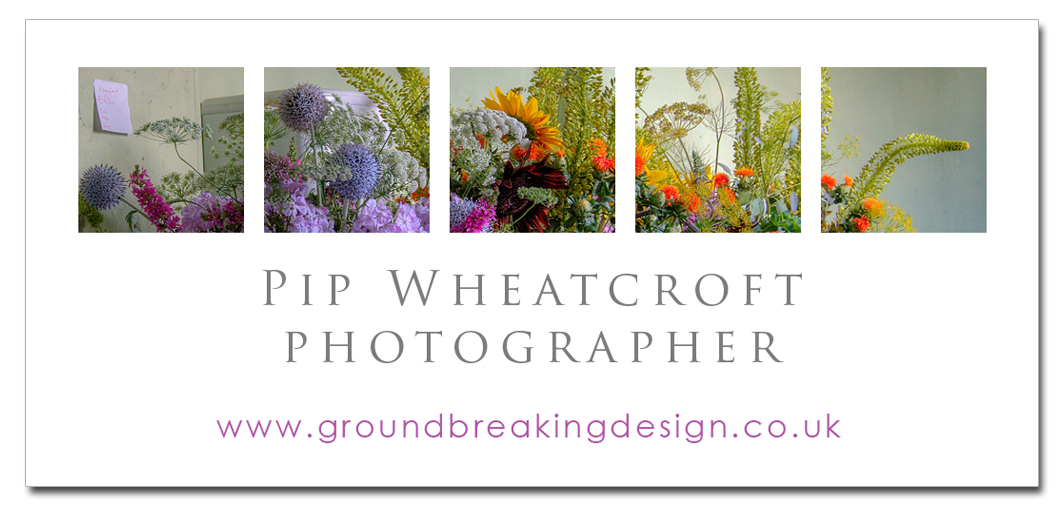D S WILKINSON FCR. 21 May 1919 - 9 July 2009
Background
Radiography started in 1895 with the discovery of X-rays.
Initially, many kinds of staff conducted radiography in hospitals, including physicists, photographers, doctors, nurses, and engineers. The medical specialty of radiology grew up over many years around the new technology. When new diagnostic tests were developed, it was natural for the radiographers to be trained in and to adopt this new technology. Radiographers now often do fluoroscopy, computed tomography, mammography, ultrasound, nuclear medicine and magnetic resonance imaging as well. Although a nonspecialist dictionary might define radiography quite narrowly as "taking X-ray images", this has long been only part of the work of "X-ray departments", radiographers, and radiologists.
1948 saw the creation of the NHS.
Mr Wilkinson was the first radiographer to be appointed in 1948. He left the army after the war as a qualified radiographer and was chosen for the job at Sutton Cottage Hospital. The newly formed NHS Trust was Lichfield, Tamworth and Sutton Coldfield Management Committee. Mr Wilkinson took on the responsibility of commissioning radiographic equipment for the whole district.
He was at the forefront of technology at the time. There was no established model to follow. However, an Xray Department is much more than the sum of its equipment, he was directly responsible for the day to day running of the departments which would include darkroom, clerical, cleaning, portering and nursing staff as well as radiographers. He quietly instilled a loyalty in the workforce through his total commitment to the wellbeing of patients, his professionalism and dedication. At this time he was District Superintendent Radiographer. His own ‘status’ was unimportant to him and he treated everyone from cleaner to consultant with the same care and respect. We all have weaknesses, but, with a natural ability he looked for and understood colleagues’ attributes and developed their strengths.
Whilst the job of District Superintendent alone was a Herculean task, Mr Wilk maintained concern for the importance of the professional development of Radiography as a career and the increasing roles that Radiographers were well placed to undertake. He served on the council of the College of Radiographers, this he viewed as ‘an honour’. He was shaping the way the profession would develop. We were encouraged to undertake post graduate training long before CPD had been thought of.

Good Hope Radiology gained a reputation for cutting edge technology with the installation of the newest invention – Ultrasound equipment was commissioned by Mr. Wilkinson. Radiographers, with our understanding of anatomy and care of the patient, were trained to use the equipment through the College of Radiographers. Another first for the profession. All qualified staff were offered the chance to train for a ‘speciality’. Under Mr Wilk’s guidance, radiographers from Good Hope became some of the first in the country to gain the DMU and DRI.
The Imaging Department grew to encompass Xray, Ultrasound, Nuclear Medicine, Cardiology and CT scanning and by this time also undertook student radiographer training. Changes were also rapidly happening in the area of image processing. Under Mr Wilkinson’s supervision and with his foresight, the change to ‘Day Light Loading’ took place. New automatic equipment would take the exposed film out of its cassette and put it through the processor, whilst replacing a new film and closing the cassette. This replaced ‘Wet Developing’ and was a major advance totally changing the Xray department for the better. All of the outlying hospital departments also made the change with Wilkie’s persuasive lead.
During this time Mr Wilkinson was also Medical Photographer for Good Hope and the surrounding district, a task which requires particular skill, tact and sympathy and to which he was well suited.
With all of the progresses in imaging going on, there was still a call for ordinary Xrays. What Mr Wilk called ‘Bread and Butter’ radiography. Many of the radiographs he took were used in the literature of the day. He was well known for executing a perfect ‘PA Sternum’, a notoriously difficult shot. He contributed to the radiographers’ bible - Positioning in Radiography by K T Clarke. He was a friend and contemporary of the Chesney Twins, Muriel and Noreen, who produced many books on the training of radiographers which lay the basis of study today.
Mr Wilkinson qualified as a radiographer in the Army during WW2. He joined Sutton Cottage Hospital in 1948 with the introduction of the newly formed NHS. His retirement in 1983 did not stop his continued devotion to the profession. He maintained support and contact with colleagues and the Imaging Department at Good Hope.
Article in Walsall on Line.


















































